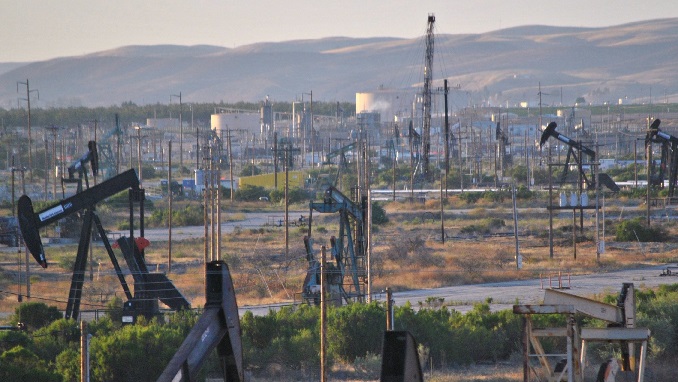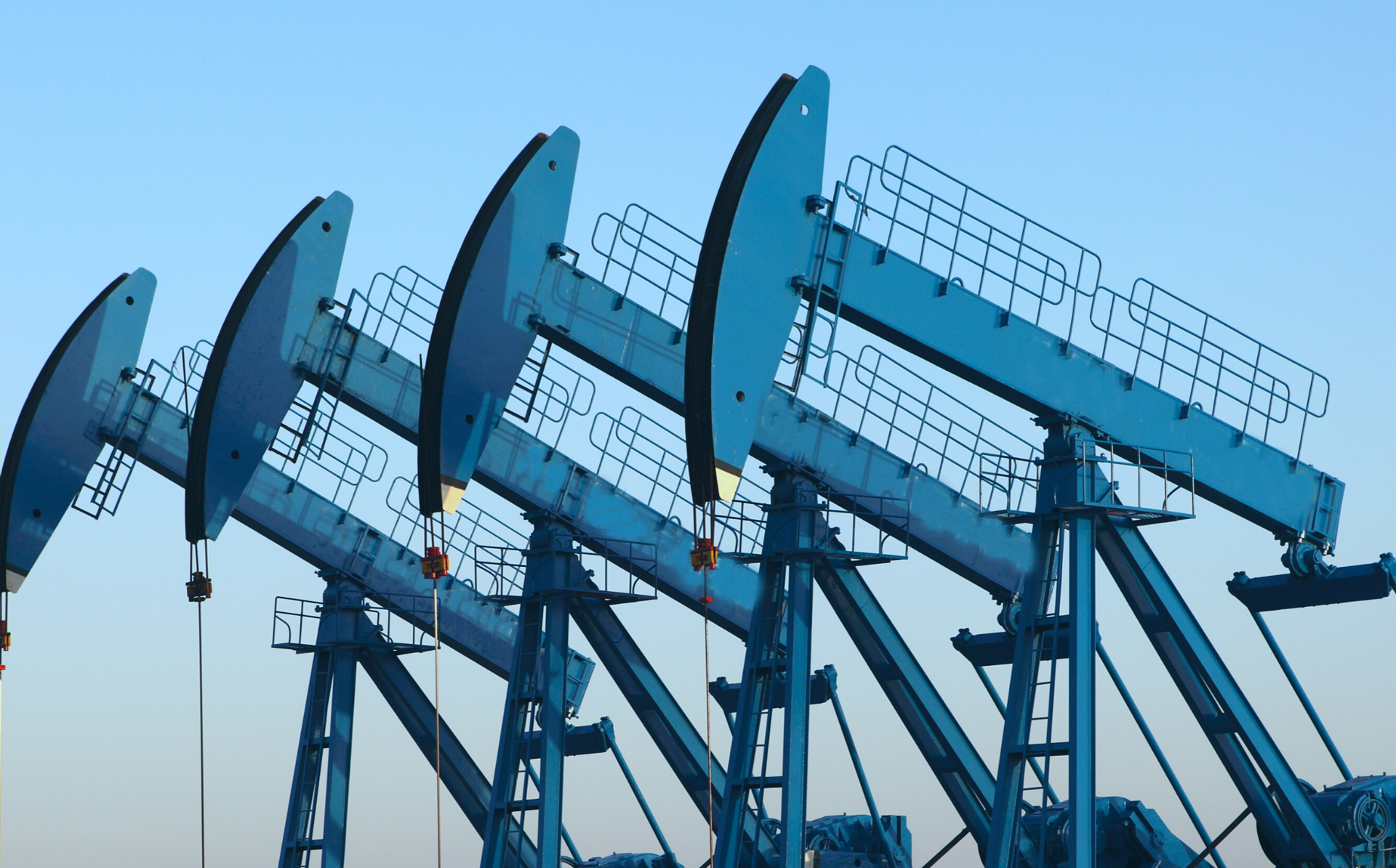An oil field is a plot of land used to collect petroleum from the earth, such as natural gas or crude oil. Although some dispute the exact origins of oil, most consider it to be a “fossil fuel” made from dead organic material discovered on old seafloor hundreds of meters below the earth’s surface.
Challenges of Establishing an Oilfield
Establishing an oil field may be a monumental logistical effort, and it can be a hazardous proposition if the oil field proves to be less productive than expected. Exploration will frequently entail the construction of the fundamental infrastructure required for what may be decades of extraction, production, and upkeep. Integrated oil firms sometimes have whole divisions in charge of infrastructure building and specialized services necessary to run a productive oil field. Drilling rigs, offshore platforms, pump jacks, and other extraction equipment may be found throughout oil fields. There might also be exploratory wells testing the outskirts, pipelines transporting the oil elsewhere, and support facilities. Since then it is proved challenging and a tricky task to establish an oilfield, thus oilfield services should consider applying FIVE types of equipment which I’m going to explain one by one.

Types of equipment needed on Oilfields
- Shale Shaker
Shale shakers are drilling equipment components used in coal cleaning, mining, oil, and gas drilling. They are the initial stage of a drilling rig’s solids control system, and they are used to remove big solids (cuttings) from the drilling fluid. Drilling fluids are essential to the drilling process because they lubricate and cool the drill bit while also transporting the drilled cuttings away from the borehole.
- Degasser
Degassers are used to remove tiny volumes of entrained gas from drilling muds, as well as wastewater and other process fluids, such as methane, hydrogen sulfide, and carbon dioxide. Degassers typically operate on one of two fundamental principles: negative pressure (vacuum) or atmospheric degassing. Hydro cyclones and centrifuges are examples of solids control equipment that may be installed downstream of a degasser.
- Mud Cleaners
A drilling mud cleaner is used in conjunction with a desander cone, a desilter cone, and a bottom shaker. Increases in the drill-solids composition of muds often result in greater filtration rates and thicker filter cakes. Thick filter cakes exacerbate differential-pressure sticking by increasing torque and drag on the drill string.
- Sand Pumps
Sand pumps are typically installed in sand-filled oil or other fluid tanks. These pumps work by rotating a grooved disc around a central axis. Any particles that come into touch with the grooved surface are eliminated. These particles will subsequently be transported away from the location through a piping system.
- Stabbing Guides
Stabbing guides are used to accurately align pins to box threads for a damage-free connection. Stabbing guides can also assist protect against impact, corrosion, and severe temperatures in more demanding applications like oil drilling. During a drilling project, incorrectly aligned drilling pipes can create delays owing to pipe breakage and threat-related downtime.
You own an oilfield company, but have no equipment to establish oilfields? Check out Oilfield equipment preservation solutions Malaysia for assistance.
